- Home
- Places to Stay
- Cities
- Northern Ireland
- Ireland
- Places to See
- Northern Ireland
- Northern Ireland by Region
- Ireland
- Ireland by Region
- Places to Eat & Drink
- Cities
- Northern Ireland
- Ireland
- Editor’s Picks
- Blog & News
- Feature YOUR Business Here
Home » » Historical Sites Northern Ireland (Page 8)
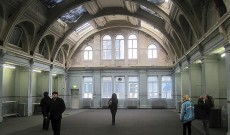
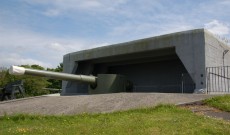
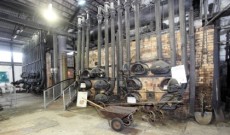
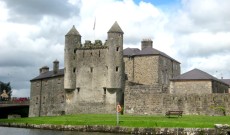
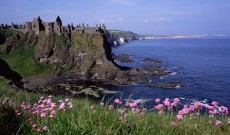
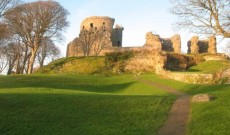
Harland & Wolff Drawing Office

Naval architects and draughtsmen working on ship designs in one of Harland & Wolff’s two Drawing Offices, where the plans for Olympic, Titanic and Britannic were prepared. Their high barrel ceilings and large windows made maximum use of natural light.
Grey Point Fort

This gun site was built to protect the mouth of the Belfast Lough from enemy invasion and now houses a little military museum. Centrepiece is a 12ft by six inch diameter naval gun which was installed in 1992. It is nearly a century old and was brought from Spike Island in Cork Harbour which also had a defensive fort. Grey Points two guns were sold for scrap in 1957 after the disbanding of the coastal artillery.
Flame! – The Gasworks Museum of Ireland

Carrickfergus boasts Ireland’s sole surviving coal gasworks and is one of the only three left in the British Isles. This museum gives visitors the opportunity to see Europe’s largest surviving set of horizontal retorts (in which the gas was made), meet the manager and the workers, and ascend the working gasholder for panoramic views of Carrickfergus town.
Enniskillen Castle

Enniskillen Castle, situated beside the River Erne in County Fermanagh, was built almost 600 years ago by Gaelic Maguires. Guarding one of the few passes into Ulster, it was strategically important throughout its history. In the 17th century it became an English garrison fort and later served as part of a military barracks. This historic site houses two museums, Fermanagh County Museum and The Inniskillings Museum.
Dunluce Castle

Dunluce Castle is thought by many to be the most picturesque and romantic of Irish castles.
Dundrum Castle

One of the finest Norman castles in Northern Ireland, with views to sea and Mourne Mountains. It was founded in 1177 by John de Courcy, following his invasion of Ulster. This medieval coastal castle, with circular keep and massive walls, stands on the top of a rocky hill commanding fine views south over Dundrum Bay and the Mourne Mountains.
Editors Picks

Antrim Town
Antrim is the county town of County Antrim in Northern Ireland. Antrim is a small town not frequently visited by tourists, yet it is one of the more historic towns in Northern Ireland with many interesting sights and buildings of historic note.














 Helped by Giant
Helped by Giant